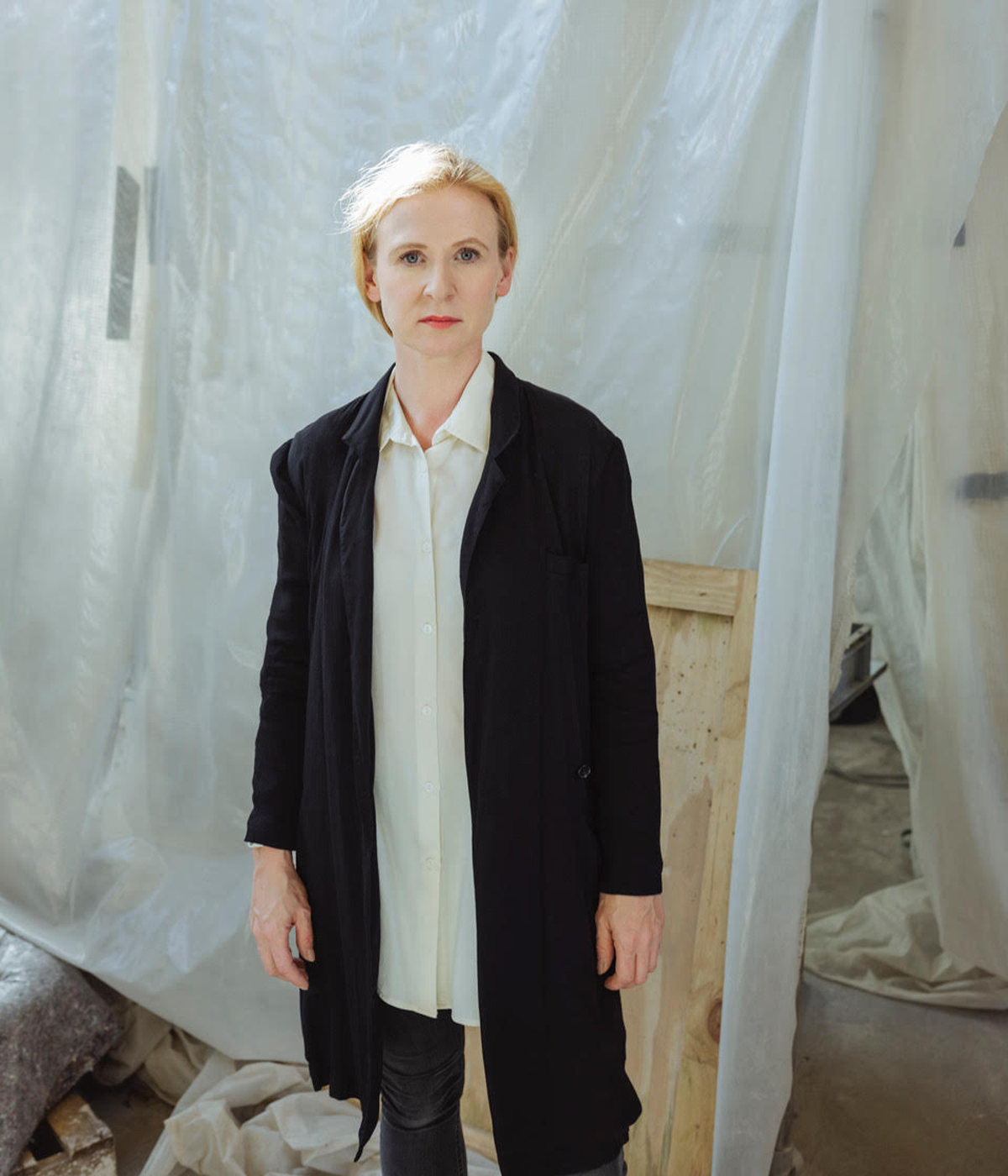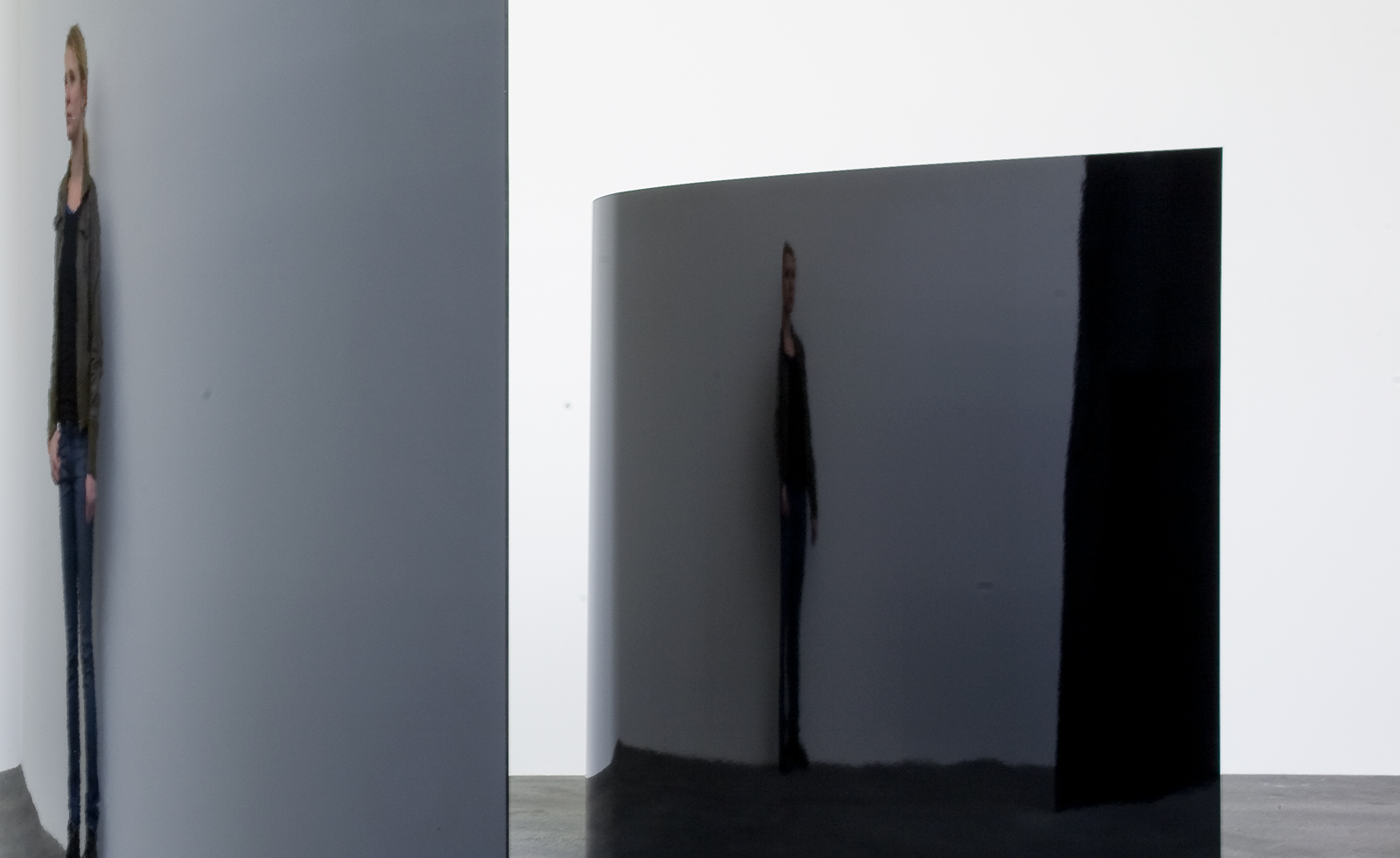
Throughout her practice, Polish-born, Berlin-based artist Alicja Kwade works to dismantle conventional understandings of the world and propose new perceptions. When I visit her studio, a group of assistants are placing a tree trunk, carved into a stool on one end and remaining covered in bark at the other, on the ground (abarstoolisabarstoolisabarstool, 2019). The top of the forklift carrying the sculpture gently hits a rock, one of eight dangling from a motorized mobile suspended from the ceiling (Superheavy Skies, 2022).
Elsewhere, someone patiently attaches gold-plated wristwatch hands to a large piece of white cardboard, a work that will eventually belong to Kwade’s series ‘Entropie’. This month, over 5,000 such watch hands will be meticulously mounted on the walls of Pace Gallery in Los Angeles, with the exact number of hands and their spacing corresponding to the measurements of the space translated into days, hours, and minutes. Yet in this context, they will also serve a secondary purpose: underlining a carefully selected group of paintings and works on paper by the seminal artist Agnes Martin (1912-2004).
Alicja Kwade and Agnes Martin, ‘Space Between the Lines ’, at Pace Gallery
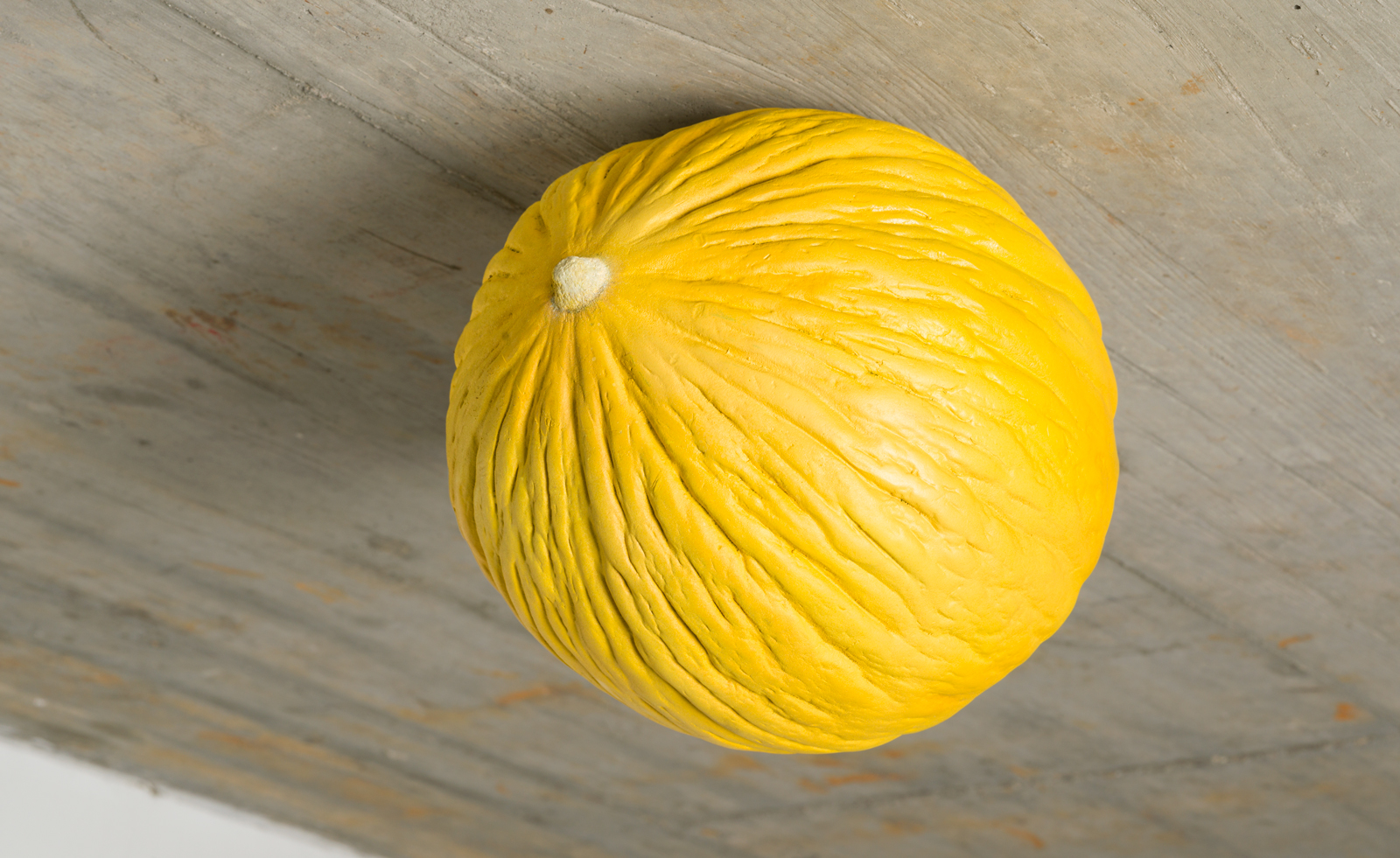
Titled ‘Space Between the Lines’, the two-person show is co-curated by Kwade and Pace’s founder Arne Glimcher, who was close friends with Martin until her death in 2004 and who has represented her since 1974. The show explores the conceptual intersections of the two artists’ practices, namely their interests in time and temporality as the organisational principles of our perception and experiences within the world. Formally, it highlights their distinct use of the line as a recognisable shape that can be used to manipulate and reformulate such structures and systems. Lines, as Kwade says when we sit down at a table in her studio’s kitchen, ‘are the simplest form you can use to define a space. They are how you divide and frame a vision.’
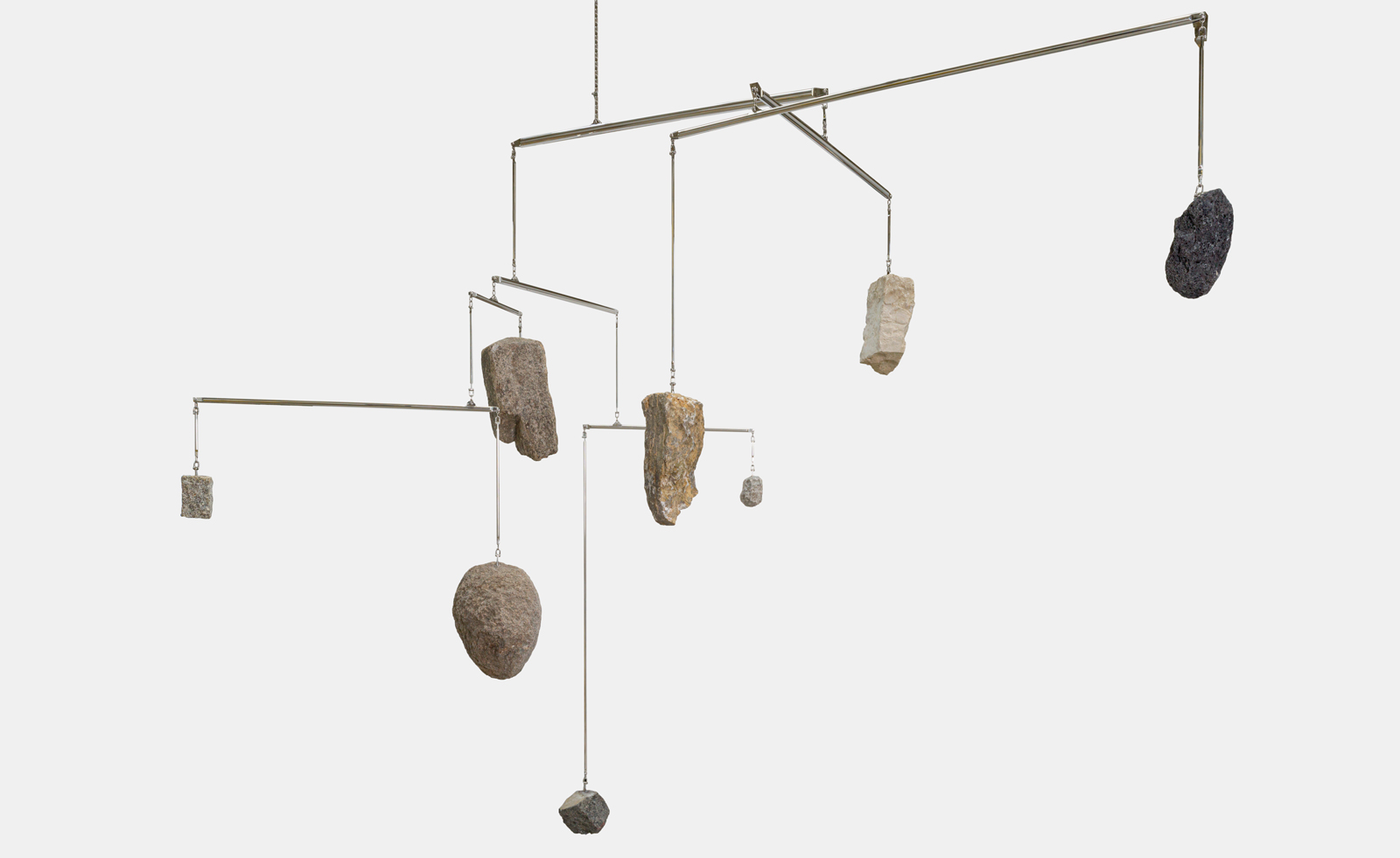
When it comes to Martin’s work, ‘I’m not a specialist,’ Kwade admits. Yet while working on this show and through conversations with Glimcher, she began to recognise similarities extending far beyond the use of the line. For instance, Kwade visited New Mexico, where Martin lived and worked in solitude for most of her life; following the visit and during her research, Kwade began to ‘feel the landscape’ and ‘relate to this three-dimensional world Martin distilled and reduced on this very two-dimensional canvas’, she says. ‘This is what I also try to do: to distill something without adding too much.’
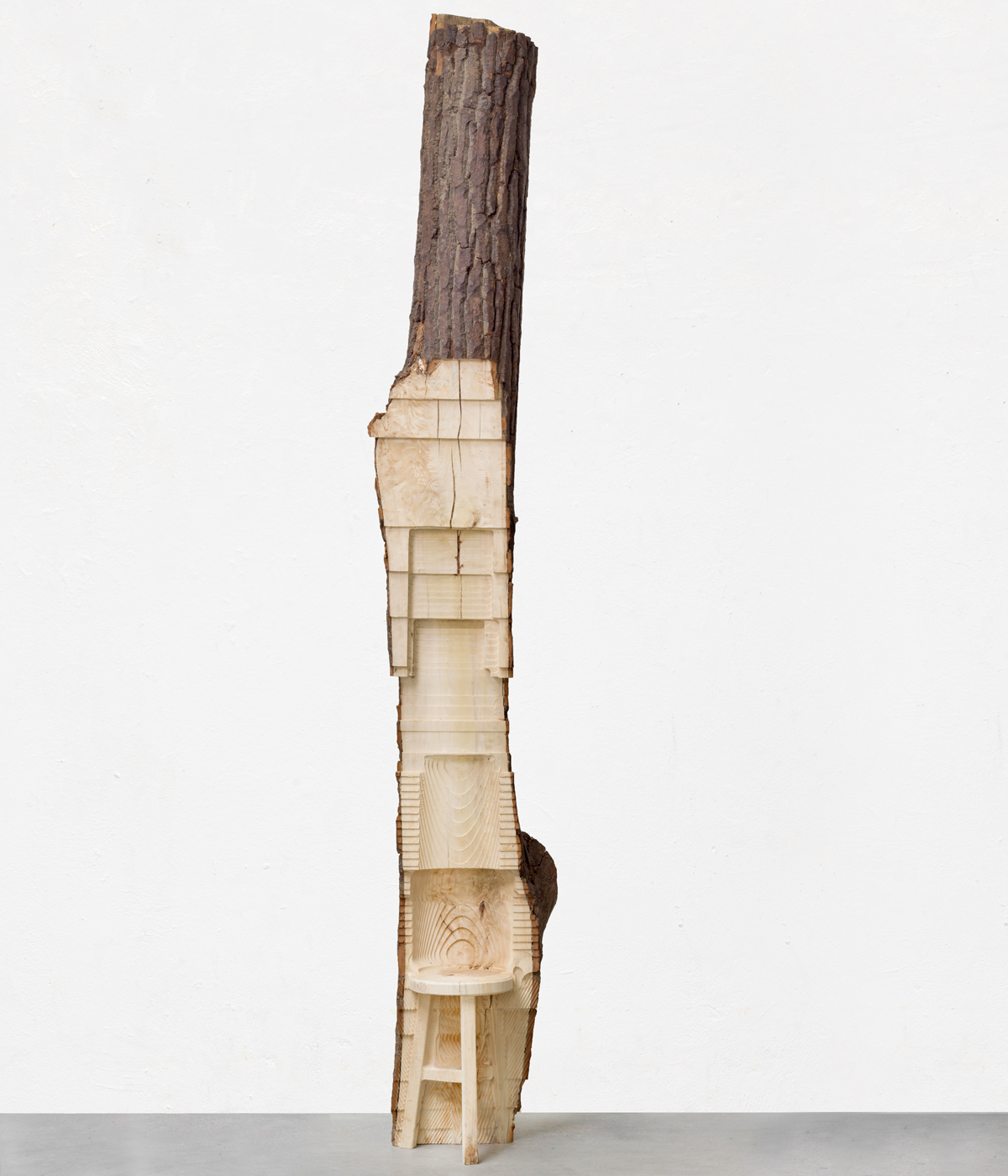
In Los Angeles, Kwade is debuting two new sculptures, Distorted Day and Distorted Dream (both 2023), each of which blends elements from older and other ongoing series. Large parabolic, black-lacquered sheets of stainless steel harken back to Der Tag ohne Gestern (The day without yesterday), a series from 2009 with similarly shaped steel planes. The older series conceptually explores light and sound waves as well as the creation of the universe. Due to the shape and the shiny varnish, viewers can see themselves reflected in the work: at times, one’s body is multiplied or stretched; at another point, toward the centre, one disappears entirely, as if sucked into a black hole.
In the new pieces, surrounding the curving planes are thin black powder-coated stainless-steel frames supporting giant boulders that appear to almost float in space – structures that reference Kwade’s series ParaPivot and MatterMotion, which realign our perceptions of gravity, galaxies, and our solar system. By blending both the formal and conceptual qualities of these series, Distorted Day and Distorted Dream prompt viewers to see our entire universe – and our place within it – anew.
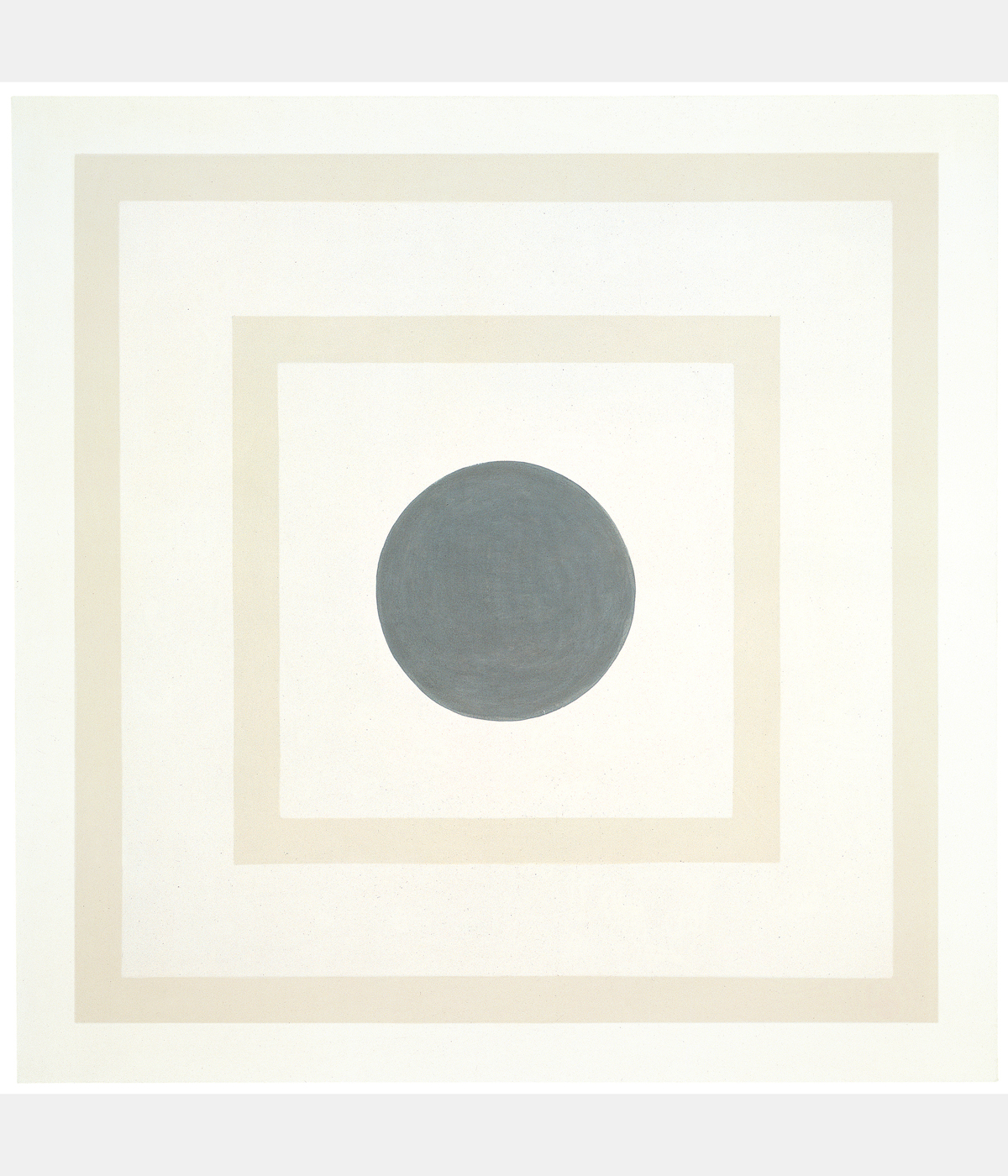
Despite the cosmological, conceptual scales of both artists’ practices and this show, there is also a certain levity – experienced through the softness of some of Martin’s colour palettes and her reduced compositions as well as the optical illusions in Kwade’s towering sculptures and her smaller, more playful pieces, like The Sun (2022), a bright yellow melon rendered in bronze (which will also be shown in LA). ‘I’m thinking very seriously about how the world is put together,’ Kwade says, ‘but at the end of the day, you also need to laugh.’
When asked what she has learned from the process of creating this show, Kwade’s answer reflects the humour punctuating the weighty exhibition in the form of the melon. It has nothing to do with her work; rather, she expresses a longing for the direction of her life: ‘I recognised my desire to escape,’ she says with a laugh. ‘I have a long way ahead, but I want to end up in some kind of a desert. With two cats and a donkey.’
Alicja Kwade and Agnes Martin, ‘Space Between the Lines ’, at Pace Gallery, Los Angeles, until Jun 29, 2024
